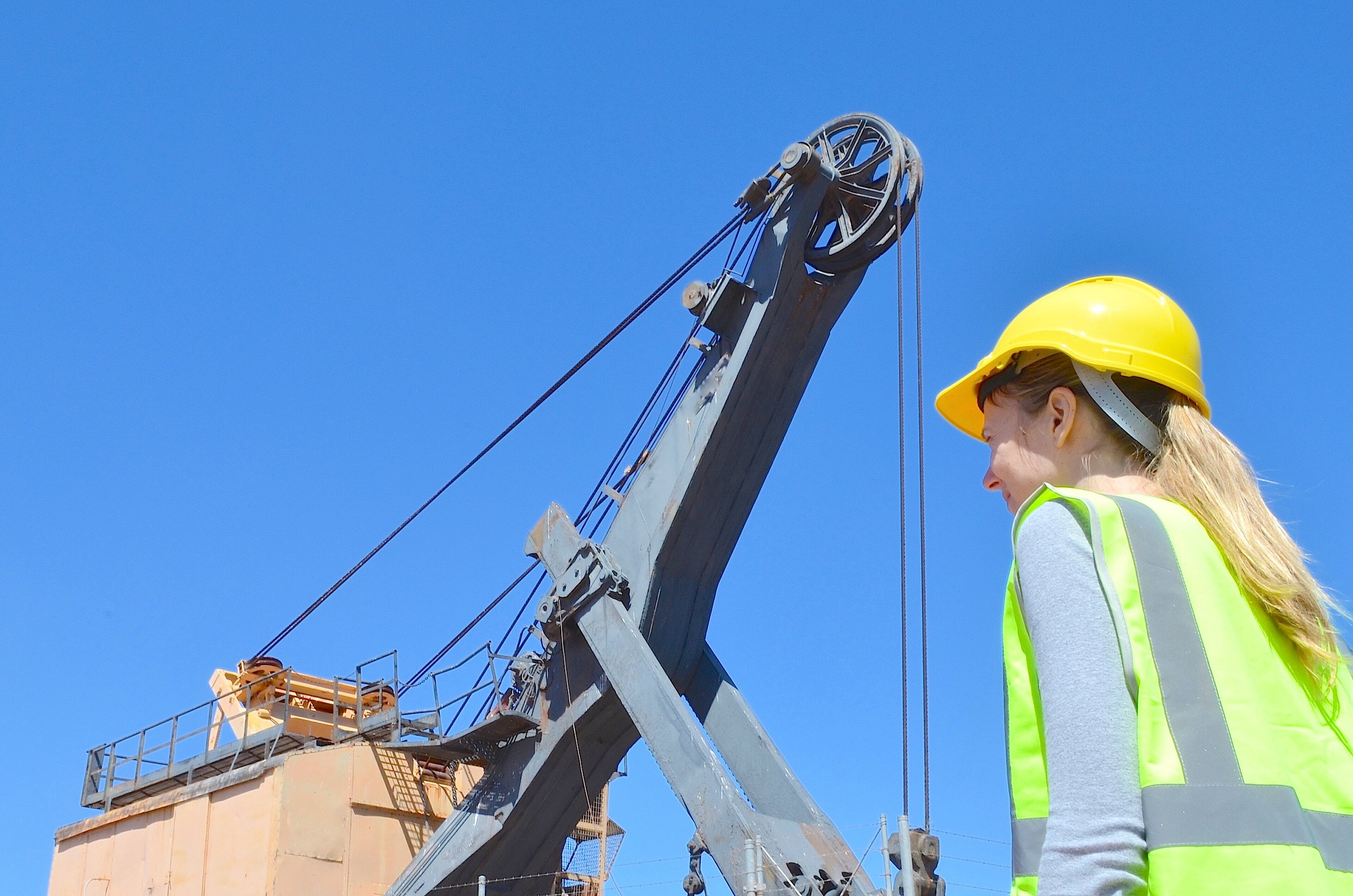Whenever a company's management team speaks during a conference call, they tend to paint the company's future prospects in a bright light. This past quarter, U.S. Silica Holdings' (SLCA +0.00%) management went much further than that. Its CEO made an audacious promise to investors that, if it were to come true, would mean that this frack sand supplier's stock is embarrassingly cheap.
Let's take a look at what U.S. Silica's management said and why, if true, it could make the company's stock a great buy for investors today.

Image source: Getty Images.
A daring promise
U.S. Silica's most recent quarterly report didn't look as good on paper because of a few writedowns, but overall, the business is performing quite well. It's getting a significant contribution from its most recent acquisition of EP Minerals, and production at several new sand mines is ramping up. According to CEO Bryan Shinn, though, this past quarter was just scratching the surface of what U.S. Silica can deliver to investors. He thinks that by next year, the company will be throwing off unprecedented amounts of cash.
We're completing the previously announced doubling of our oil and gas volumes to meet customers' growing needs for frack sand, and we expect to start accreting cash in the second half of the year and quickly generate significant cash flows in 2019, delivering free cash flow yield approaching 15% next year. We can deploy these substantial cash flows into M&A, paying down the debt or repurchasing shares, as we did in the second quarter as part of our new $200 million share repurchase program.
Let's be clear here: U.S. Silica achieving a 15% free cash flow yield is an incredibly audacious estimate for management to make, even with shares as low as they are today. A 15% cash yield means the company would generate $3.09 per share in free cash flow, and it is leaps and bounds better than any other time in U.S. Silica's rather short history as a public company.
SLCA Free Cash Flow Yield (TTM) data by YCharts.
From zero to hero
I think it's fair for investors to be a little skeptical of numbers like this. A company that hasn't generated free cash flow consistently over the past 10 years is all of a sudden going to turn into an ATM for investors in less than 18 months? Sounds a little dubious. According to Shinn, though, there are a few things working very much in the company's favor that make him confident in making that claim.
For starters, the company is producing more sand than ever before. With the start-up of its Crane and Lamesa sand mines in the Permian Basin, U.S. Silica will have 27 million tons of capacity to serve the oil and gas industry. That's before its industrial and specialty product segment contribution. Less than two years ago, U.S. Silica's total capacity was closer to 10 million tons per year. Also, with fewer investments in new mines expected over the next year or so, management won't be plowing as much money back into the business.
The other element of management's prediction is that a lot of its sales are through long-term supply contracts that include its Sandbox last-mile logistics service. Last-mile logistics is one of the most expensive parts of transportation, but U.S. Silica has developed a containerized system that drastically reduces load times. By doing last-mile services, it is able to realize much higher margins on each ton sold. According to management, more than 80% of its sand is sold under long-term contracts, and its last-mile services have 18% to 20% of the total sand market.
If there is anything to be apprehensive about, it's the fact that the company had contracts in place in 2014 and 2015 as well, but customers terminated those contracts as oil prices crashed and the appetite for drilling fell through the floor. To assuage these concerns, Shinn said that sand demand is expected to grow even more in 2019, as shale oil is much more competitive than it was in 2015 and fewer competitors are selling sand on the spot market. That might not be a guarantee, but it certainly helps the case.
Even if it can't get there, U.S. Silica still looks cheap
U.S. Silica already looked like a cheap stock based on its most recent quarterly results and the positive outlook for oil and gas in general. If management's forecast for free cash flow is to be believed, though, then this company could be an absolute steal today. U.S. Silica's share price isn't that far off what it was at the bottom of the oil crash back in 2016, but the company's results have improved considerably since then.
The two concerns that investors could have are the company's growing debt load and the possibility of another lull in drilling. Considering all the infrastructure constraints in the oil patch these days, these are legitimate concerns. However, other companies are investing billions to increase North America's oil and gas infrastructure capacity right now, so a lull will likely be short lived.
Also, if management comes anywhere near that kind of cash flow, then debt shouldn't be too much of an issue. As Shinn said, some of that cash will go toward paying off debt.
Putting it all together, U.S. Silica looks like a great investment opportunity right now, even if the company falls short of that ambitious cash flow promise.






